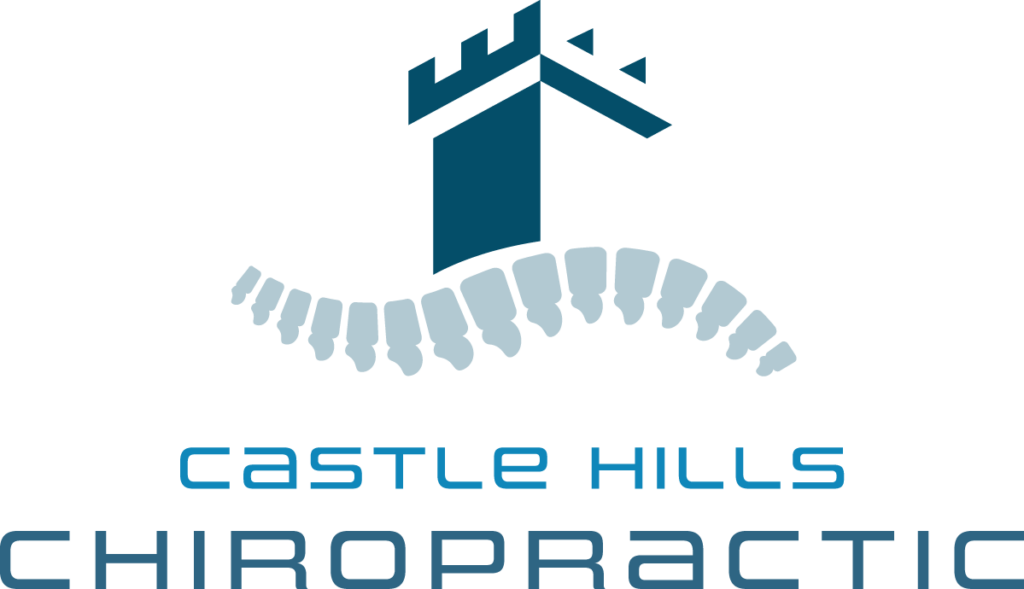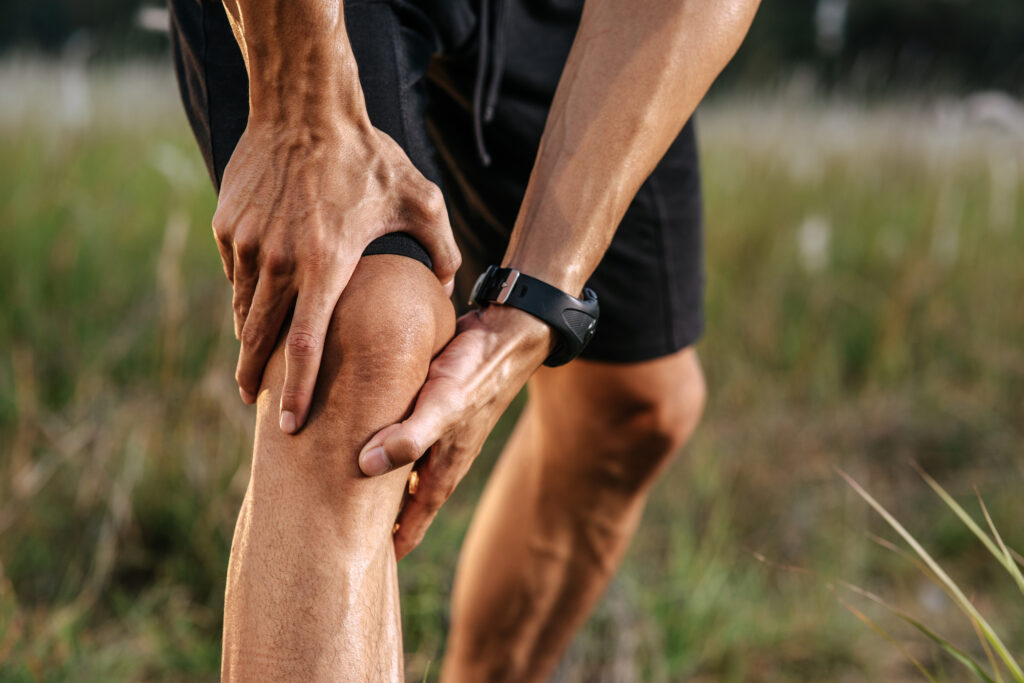Are you aware of how your flexibility impacts your daily life? It's often overlooked, yet it plays a significant role in overall mobility and well-being. By taking our quiz, you'll quickly assess your current flexibility levels and pinpoint areas that could use some improvement. With just a few minutes of your time, you'll gain valuable insights that can guide you toward better movement and health. But what specific benefits could you access with just a few targeted changes? Let's explore that further.
Understanding Flexibility
Flexibility is more than just a physical trait; it's vital for overall health and well-being. When you think of flexibility, you might picture a gymnast or a dancer effortlessly bending and stretching. However, flexibility plays an important role in your daily life, affecting everything from your posture to your ability to perform everyday tasks. Understanding flexibility means recognizing its significance in maintaining a healthy body and preventing injuries.
At its core, flexibility refers to the range of motion in your joints and muscles. It's influenced by various factors, including your age, genetics, and activity level. As you age, your muscles and tendons naturally become stiffer, which can limit your mobility. That's why it's important to incorporate stretching and flexibility exercises into your routine, regardless of your age or fitness level.
You might be surprised to learn that flexibility isn't just about how far you can bend or stretch. It also involves the ability to move smoothly and efficiently. Improved flexibility can enhance your athletic performance, making activities like running, cycling, or even walking more enjoyable.
It can also aid in recovery after workouts, reducing muscle soreness and tension.
Importance of Flexibility
When you prioritize flexibility in your fitness routine, you're investing in your overall health and preventing potential injuries. Flexibility plays an essential role in maintaining your physical well-being, and it can greatly enhance your quality of life.
Here are some key reasons why you shouldn't overlook flexibility:
- Injury Prevention: Improved flexibility helps your muscles and joints move more freely, reducing the risk of strains and sprains during physical activities.
- Enhanced Performance: Whether you're running, dancing, or lifting weights, greater flexibility can lead to better performance. It allows you to move with more efficiency and power.
- Improved Posture: Regular flexibility training can help correct imbalances in your body. This means better posture, which can reduce discomfort and prevent long-term issues.
- Increased Range of Motion: Greater flexibility allows you to perform movements with a wider range of motion. This is especially important as you age, helping you maintain independence and mobility.
Incorporating flexibility exercises into your routine doesn't have to be time-consuming. Simple stretches, yoga, or Pilates can go a long way.
Plus, the benefits extend beyond physical health; improved flexibility can also enhance your mental well-being by reducing stress and promoting relaxation.
How the Quiz Works
When you take the quiz, you'll find a clear structure that guides you through various flexibility assessments.
After completing the questions, you'll receive a score that reflects your current flexibility level.
We'll also help you interpret what that score means for your personal goals.
Quiz Structure Explained
Understanding how the quiz works can enhance your experience and help you track your progress effectively. This quiz is designed to assess your current flexibility levels and guide you on your journey towards improvement. Here's a breakdown of its structure:
- Questions: You'll encounter a mix of multiple-choice and true/false questions, all aimed at evaluating your flexibility practices and lifestyle.
- Duration: Expect to spend about 10-15 minutes completing the quiz. It's designed to be quick yet thorough.
- Topics Covered: The quiz touches on various aspects of flexibility, from your current stretching routines to your physical activities and daily habits.
- User-Friendly Interface: The quiz is accessible on all devices, allowing you to complete it wherever you feel comfortable.
Scoring and Results
After you complete the quiz, your answers will be scored to give you a clear picture of your flexibility level. Each question is designed to assess different aspects of flexibility, such as range of motion and ease of movement.
Once you submit your responses, a point system is applied to evaluate your overall performance. You'll receive a score based on how you answer each question. Higher scores indicate greater flexibility, while lower scores suggest areas that may need improvement.
The scoring process is straightforward, ensuring you can easily understand where you stand regarding flexibility. Additionally, the quiz is structured to provide an engaging experience, making it simple to focus on your answers without feeling overwhelmed.
You won't have to worry about complicated algorithms or confusing metrics; it's all about getting a clear, concise score. Once your score is calculated, you'll be ready to explore the next steps for enhancing your flexibility.
This score serves as a baseline, empowering you to track your progress as you implement new stretching routines and exercises. So, get ready to discover your flexibility potential!
Interpreting Your Flexibility Score
Now that you've got your flexibility score, it's time to interpret what it means for you. Your score reflects your current flexibility level and can help guide your stretching routine. Here's how to break it down:
- Low Score (0-25): This indicates significant tightness in your muscles. You should focus on consistent stretching and consider incorporating yoga or Pilates to enhance your flexibility.
- Moderate Score (26-50): You're on the right track but still have room for improvement. Regular stretching sessions a few times a week can help you achieve better flexibility.
- Good Score (51-75): You've got a solid foundation! To maintain and further improve, try to add dynamic stretches to your routine and challenge yourself with new flexibility exercises.
- Excellent Score (76-100): You're among the most flexible! Keep up your current routine, but consider setting new goals or incorporating advanced techniques to continue progressing.
Assessing Your Flexibility
Regularly evaluating your flexibility is essential for tracking progress and preventing injuries. Knowing where you stand can help you set realistic goals and create an effective stretching routine. Start by identifying key areas of your body that require flexibility assessment, such as your hamstrings, hips, shoulders, and lower back.
You can use simple tests to gauge your flexibility. For instance, the sit-and-reach test is a popular method for measuring hamstring and lower back flexibility. Sit on the floor with your legs extended and reach forward toward your toes. Measure how far you can reach beyond your toes or how close you get to them. This gives you a tangible benchmark to work from.
Another test is the shoulder flexibility test. Stand with your arms extended straight out to the sides, then bring one arm across your body, trying to touch the opposite shoulder with your fingertip. Assess how easy or difficult this movement is to help identify any tightness in your shoulders.
Keep a record of your results over time. This won't only show improvements but also highlight areas that need more attention. Remember, flexibility varies from person to person, so focus on your own progress rather than comparing yourself to others.
Regular assessments will keep you motivated and help prevent injuries caused by tight muscles. With dedication, you'll see improvements that enhance your overall physical performance and well-being.
Common Flexibility Myths
Despite the wealth of information available, many misconceptions about flexibility persist. Understanding these myths can help you approach your flexibility training with a clearer mindset. Here are four common myths that you might encounter:
- Stretching Before Exercise Prevents Injury: While warming up is important, static stretching before a workout can actually weaken muscles temporarily. Instead, consider dynamic stretches to prepare your body for activity.
- Flexibility is Innate: Many people believe that you're either born flexible or you're not. In reality, flexibility can be improved over time with consistent practice and the right techniques.
- You Must Feel Pain to Gain Flexibility: Some think that pushing through pain is necessary for progress. This isn't true. Pain often signals that you're overextending. Stretching should be uncomfortable but not painful.
- Older Adults Can't Improve Flexibility: It's a common belief that aging comes with a permanent decrease in flexibility. In fact, older adults can enhance their flexibility with regular stretching and strength training, just like younger individuals.
Tips for Improvement
Improving your flexibility is achievable with the right approach and dedication. First, establish a consistent stretching routine. Aim to stretch at least three times a week, focusing on all major muscle groups. Remember, consistency is key to seeing progress.
Next, try incorporating dynamic stretches into your warm-up. Movements like leg swings, arm circles, and torso twists can prepare your body for more intense stretching. This not only enhances flexibility but also reduces the risk of injury.
Hold static stretches for at least 15-30 seconds to allow your muscles to relax and lengthen. Breathe deeply during each stretch, as this helps release tension and improves your range of motion. Don't rush through your stretches; take the time to feel the benefits.
Incorporating yoga into your routine can also be incredibly beneficial. Many yoga poses promote flexibility and balance, helping you to deepen your stretches and improve your overall body awareness. Even a short daily yoga session can make a significant difference.
Lastly, listen to your body. If a stretch feels painful, ease up. Flexibility takes time to develop, and pushing yourself too hard can lead to injury.
Celebrate small victories along the way, and remember that improvement comes with patience and persistence. By following these tips, you'll be well on your way to achieving greater flexibility and a more agile body.
Next Steps After the Quiz
Now that you've taken the quiz, it's time to create a personalized stretching routine tailored to your results.
Consider tracking your progress to see how far you've come and adjust your routine as needed.
Let's explore how these next steps can enhance your flexibility journey!
Personalized Stretching Routines
Creating personalized stretching routines tailored to your unique needs can greatly enhance your flexibility journey.
After completing the quiz, you're ready to develop a routine that focuses on your specific goals and challenges. Here's how to get started:
- Identify Areas of Tightness: Reflect on which muscle groups feel tight or restricted. This will guide your stretching focus.
- Choose Appropriate Stretches: Select stretches that target your identified areas. For example, if you struggle with hamstring flexibility, incorporate stretches like the seated forward bend or hamstring stretch.
- Set a Schedule: Consistency is key. Decide how often you'll dedicate time to stretching—aim for at least 3-4 times a week to see progress.
- Listen to Your Body: Pay attention to how your body responds during and after stretching. Adjust the intensity and duration based on your comfort level and needs.
Progress Tracking Tips
Tracking your progress is essential for staying motivated and ensuring that your stretching routine is effective. By keeping a record of your flexibility improvements, you can see how far you've come and identify areas that need more attention.
Start by setting specific goals. For example, measure how far you can reach in a forward fold or how deep you can go in a squat. Write these down, and take regular measurements—weekly or bi-weekly works well. This way, you'll have clear benchmarks to compare against.
Use a journal or a mobile app to log your stretches, including the duration and intensity. Note how you feel after each session, too; this can help you understand what works best for your body.
Visual reminders can also be helpful. Consider taking photos to visually document your progress over time. You'll be amazed at how much you improve!
Lastly, don't forget to celebrate your achievements, no matter how small. Rewarding yourself for reaching milestones keeps you motivated and committed to your flexibility journey.
Stay consistent, and you'll see results!
Conclusion
Now that you've taken the quiz, you have a clearer picture of your flexibility levels and areas to improve. Remember, enhancing your flexibility takes time and consistent effort. Use the personalized stretching routines we provide to help you on your journey. Don't forget to track your progress and celebrate your achievements along the way. With dedication, you'll soon experience the benefits of increased mobility and overall well-being. Start stretching towards your goals today!



